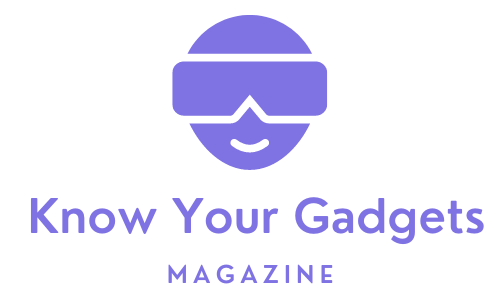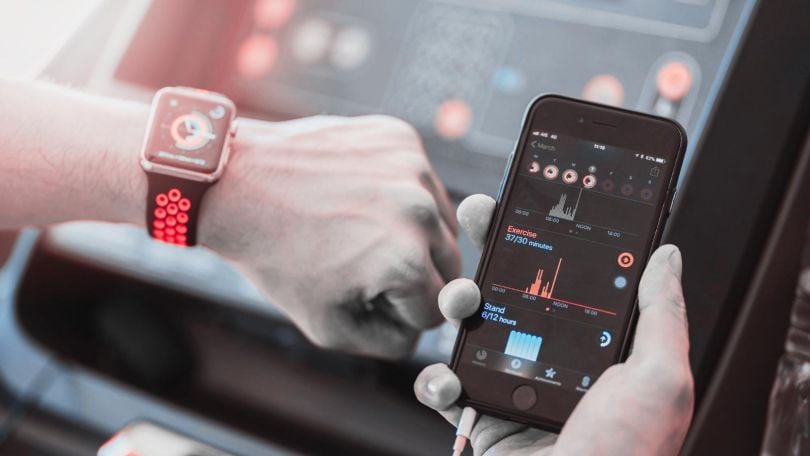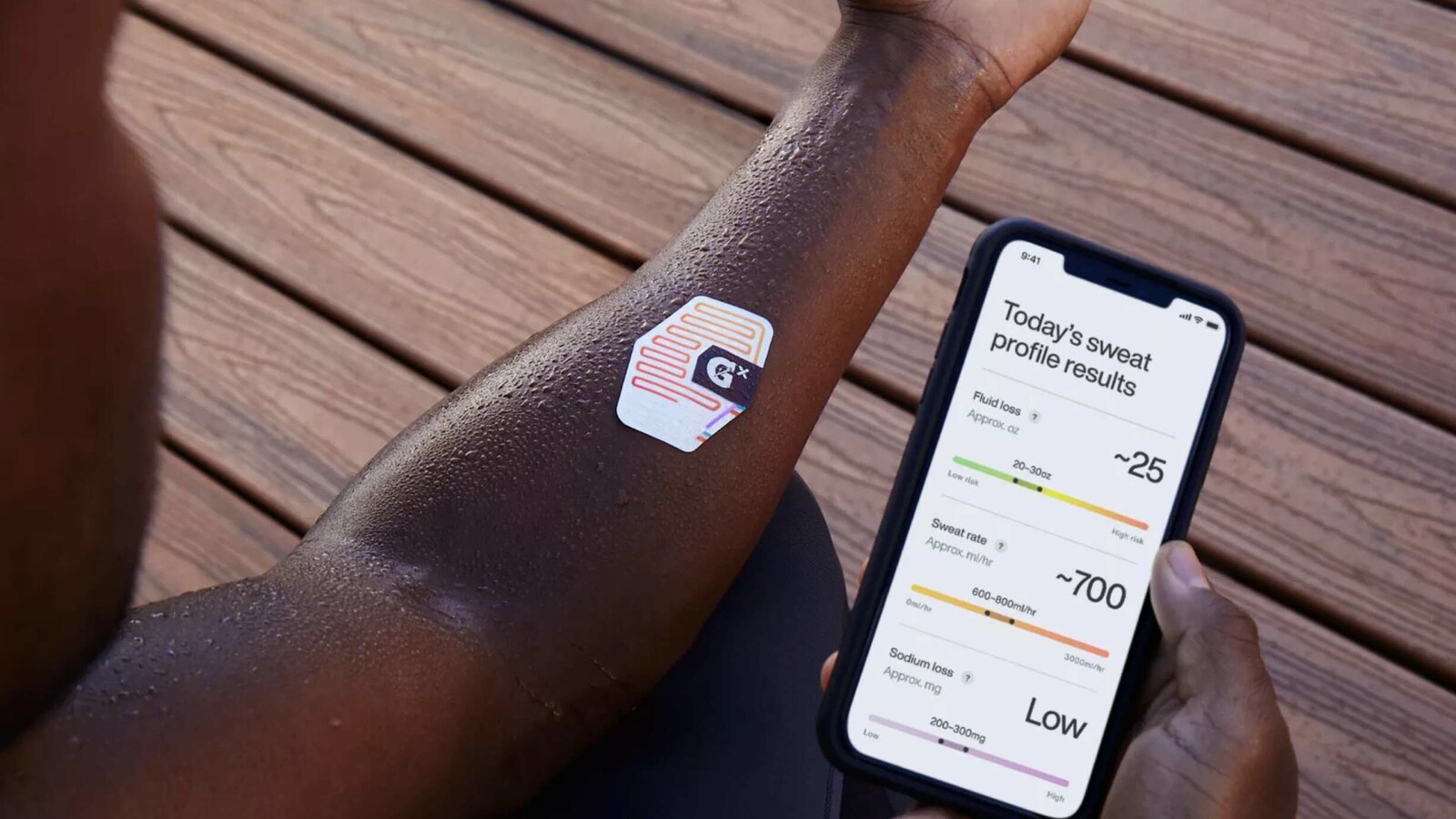Wearable technology has become a game-changer in the fitness industry, providing individuals with real-time data and personalized insights to enhance their workouts. From smartwatches to fitness trackers, these gadgets have transformed the way we approach physical activity. In this blog, we will explore the impact of wearable technology on fitness, examining its benefits, popular devices, and how it’s revolutionizing the way we exercise.
Real-Time Fitness Tracking
Wearable technology offers real-time fitness tracking capabilities, allowing individuals to monitor their exercise routines, heart rate, calorie expenditure, and more. This instant feedback empowers users to make informed decisions about their workouts, helping them set and achieve their fitness goals effectively.
Personalized Activity Monitoring
One of the key advantages of wearable technology is its ability to provide personalized activity monitoring. These devices can track steps taken, distance covered, and floors climbed throughout the day, giving users a comprehensive overview of their daily activity levels. With this information, individuals can tailor their fitness routines to meet specific targets and make adjustments to achieve optimal results.
Heart Rate Monitoring and Training Zones
Wearable devices equipped with heart rate monitors enable users to track their heart rate during workouts and determine their training zones. By staying within the desired heart rate range, individuals can optimize their workouts for cardiovascular fitness, fat burning, or endurance training. This data-driven approach helps users push their limits while avoiding overexertion.
Sleep Tracking and Recovery Analysis
Many wearable devices also offer sleep tracking functionality, providing insights into the quality and duration of sleep. Understanding sleep patterns allows users to assess the impact of rest on their overall fitness and make adjustments to their routines accordingly. Additionally, recovery analysis features help individuals gauge their readiness for intense workouts, ensuring proper rest and reducing the risk of injury.
Guided Workouts and Personal Training
Wearable technology often provides access to guided workouts and personalized training programs. Through mobile apps and device connectivity, users can access a library of workout routines, follow step-by-step instructions, and receive real-time feedback. This feature is particularly beneficial for individuals seeking structure and guidance in their fitness journeys.
Gamification and Social Integration
Wearable technology has introduced gamification and social integration into the fitness realm. Users can set challenges, compete with friends or virtual communities, and earn rewards for achieving milestones. This element of competition and camaraderie adds a fun and motivational aspect to workouts, encouraging users to stay engaged and committed to their fitness goals.
Form and Technique Feedback
Certain wearable devices offer form and technique feedback during exercises. They use motion sensors to analyze movement patterns and provide real-time feedback on posture, range of motion, and exercise execution. This feature helps users refine their form, reduce the risk of injury, and maximize the effectiveness of their workouts.
Integration with Nutrition and Wellness Tracking
Wearable technology goes beyond tracking physical activity by integrating with nutrition and wellness tracking. Many devices allow users to log their food intake, monitor hydration levels, and track overall wellness metrics. This holistic approach enables individuals to gain a comprehensive understanding of their overall health and make informed decisions about their lifestyle choices.
Continuous Motivation and Accountability
Wearable technology acts as a constant source of motivation and accountability. Regular reminders, progress updates, and goal-setting features keep users engaged and focused on their fitness journey. The visual representation of progress and achievements reinforces positive habits and provides the motivation needed to maintain an active lifestyle.
Evolving Future of Wearable Technology
The future of wearable technology in fitness holds immense promise. Advancements in sensor technology, machine learning, and AI algorithms will further enhance the accuracy and capabilities of these devices. With continuous innovations, we can expect more sophisticated features, seamless integration, and even greater personalization to transform the fitness landscape.
Wearable technology has revolutionized the fitness industry, providing individuals with real-time data, personalized insights, and a wealth of motivational tools. By harnessing the power of wearable devices, individuals can optimize their workouts, set and achieve fitness goals, and stay motivated on their journey towards a healthier lifestyle. As the technology continues to advance, we can anticipate further advancements that will reshape the way we approach fitness, bringing us closer to our goals and improving our overall well-being.




